The Past and the Present Coexist in the Old Town of Jeonju: a Historic Walk Along the Gates of the Jeonju Fortress


During the Joseon Dynasty, Jeonju used to be the biggest city and the capital of the whole southwestern region (current Jeollabuk-do, Jeollanam-do, and Jeju-do). Today I’ll do a historic walk along the spots where the old gates of Jeonju once stood.
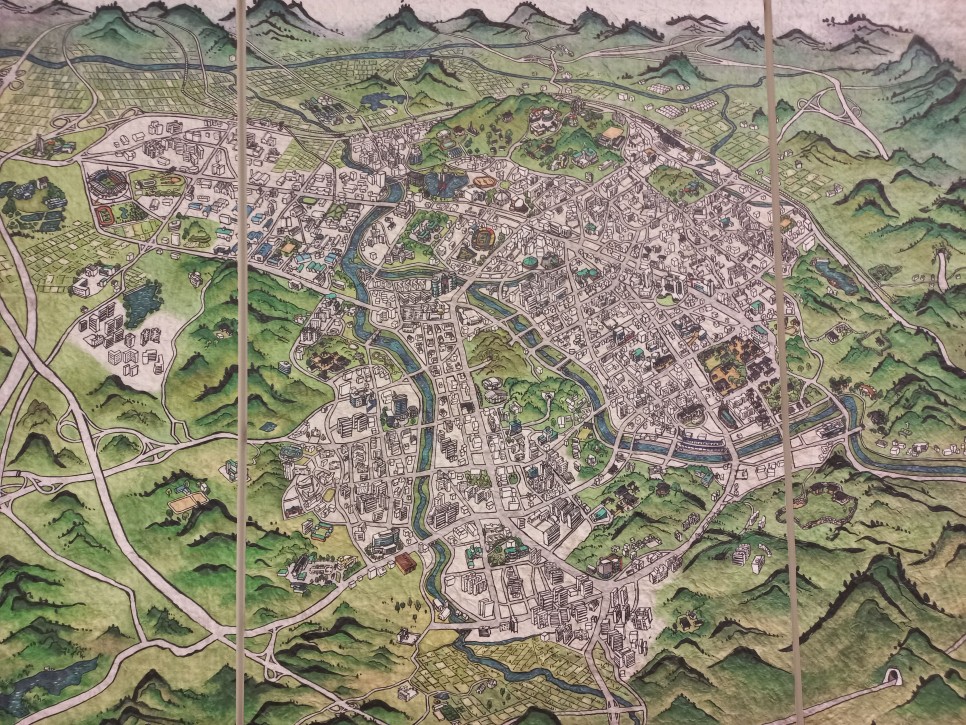
Jeonju used to be a walled city with four gates. Currently, only the Pungnammun (the South gate) stands. Only signposts stand where the North, West, and East gate once stood.
The West Gate
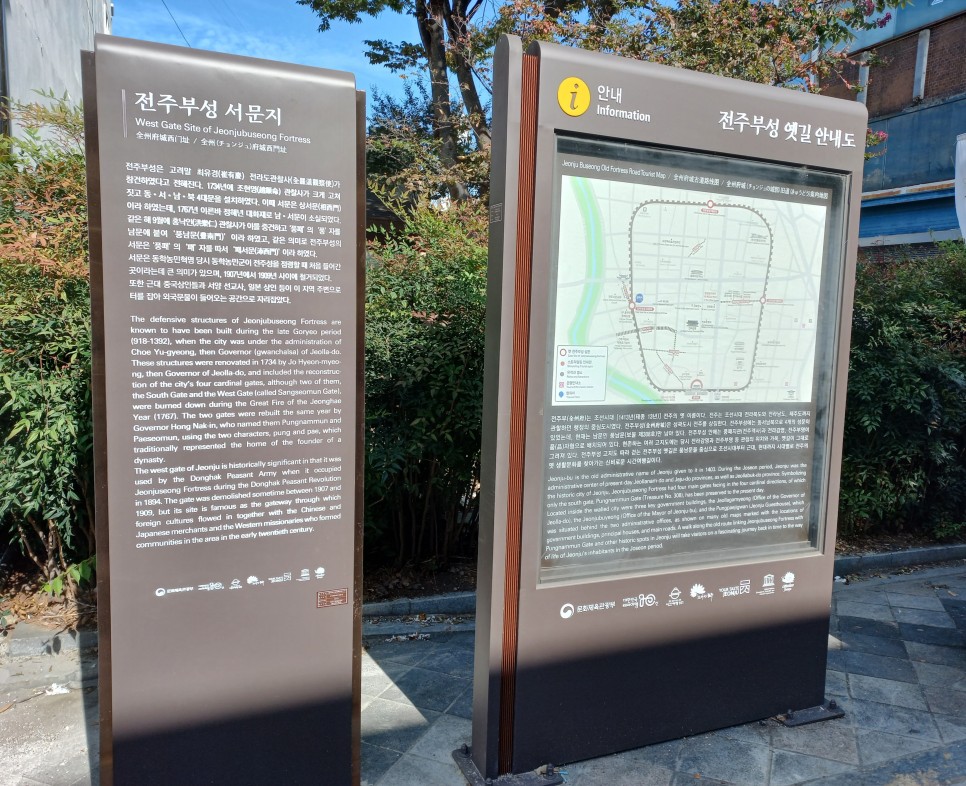
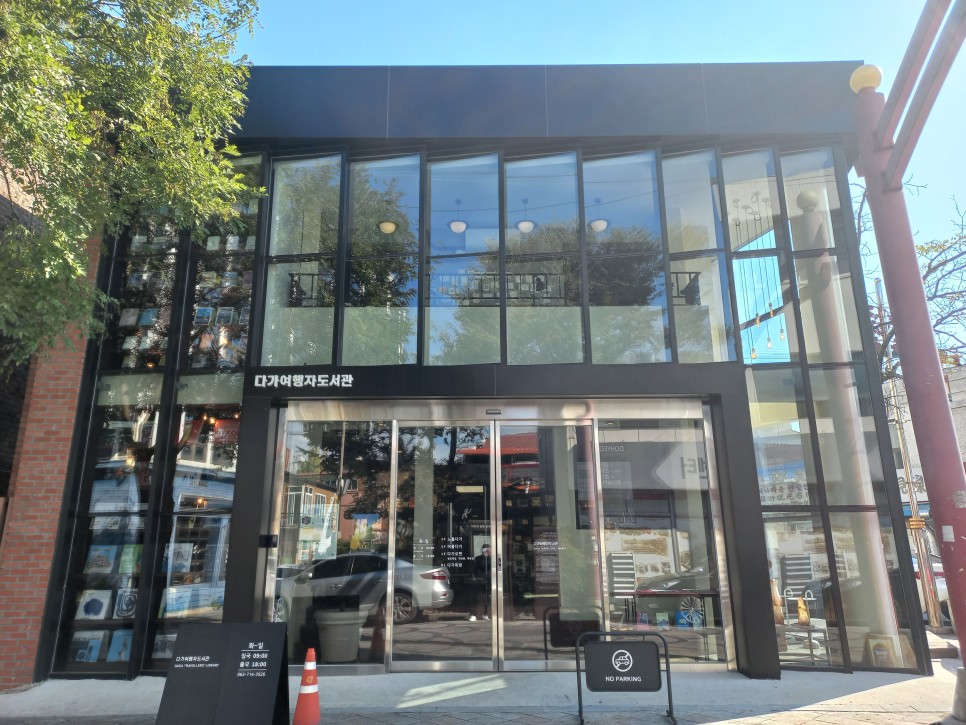
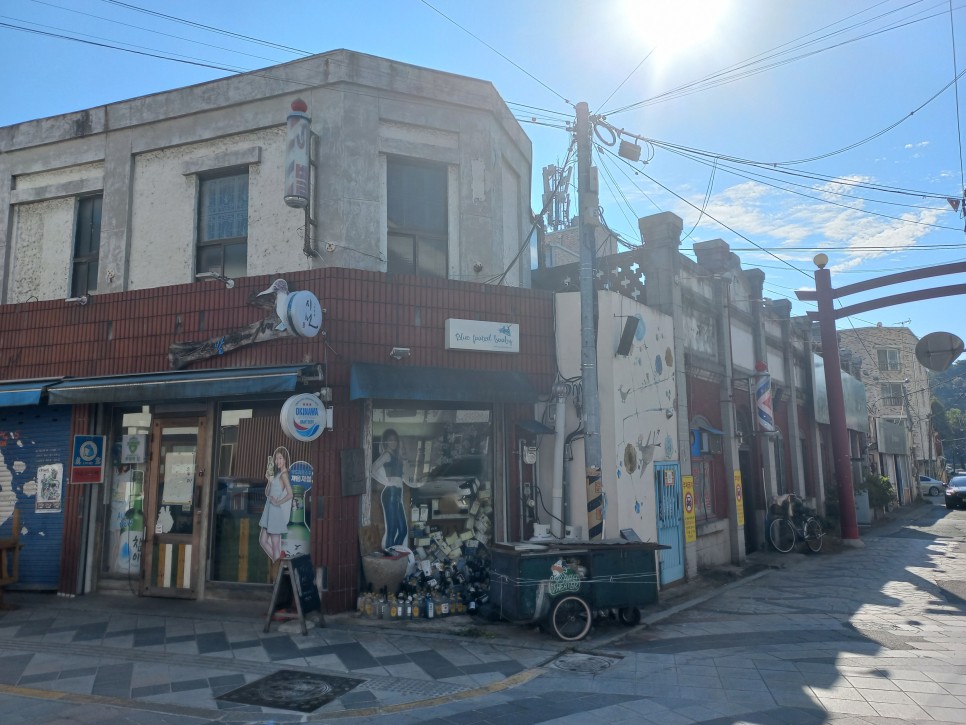
I start at the site where the West Gate once stood. It’s currently the Daga-dong district. Here is the Daga Traveller’s Library. Across the library is the old Chinese drapery store building. The building combines the Western and Chinese building styles.
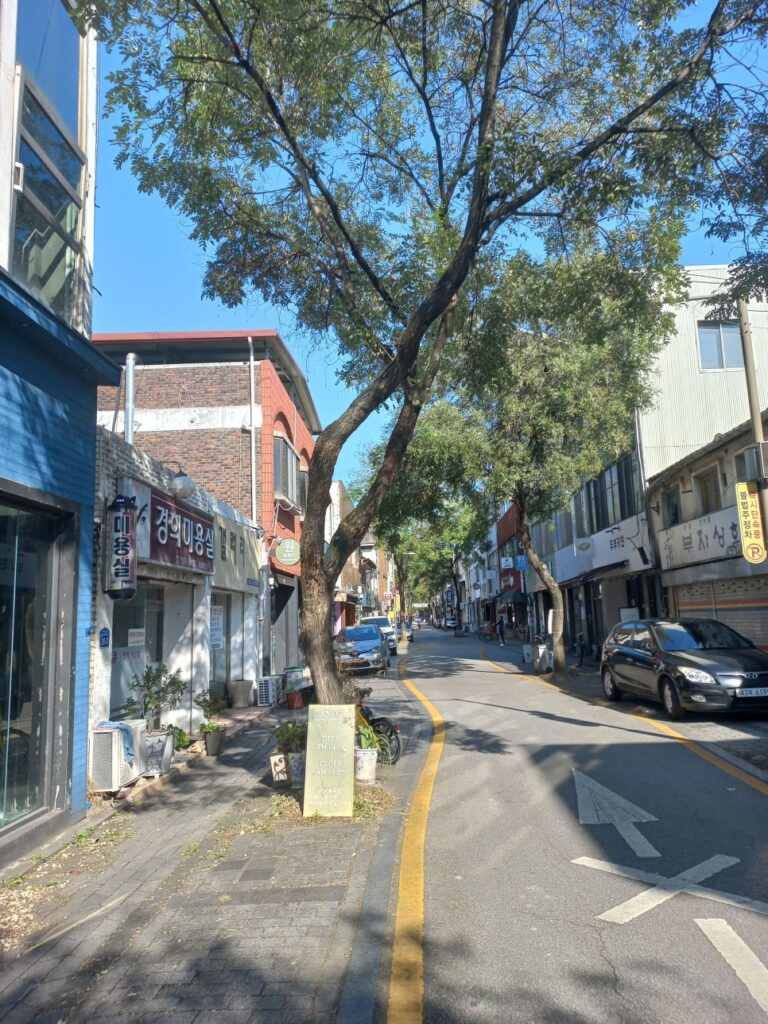
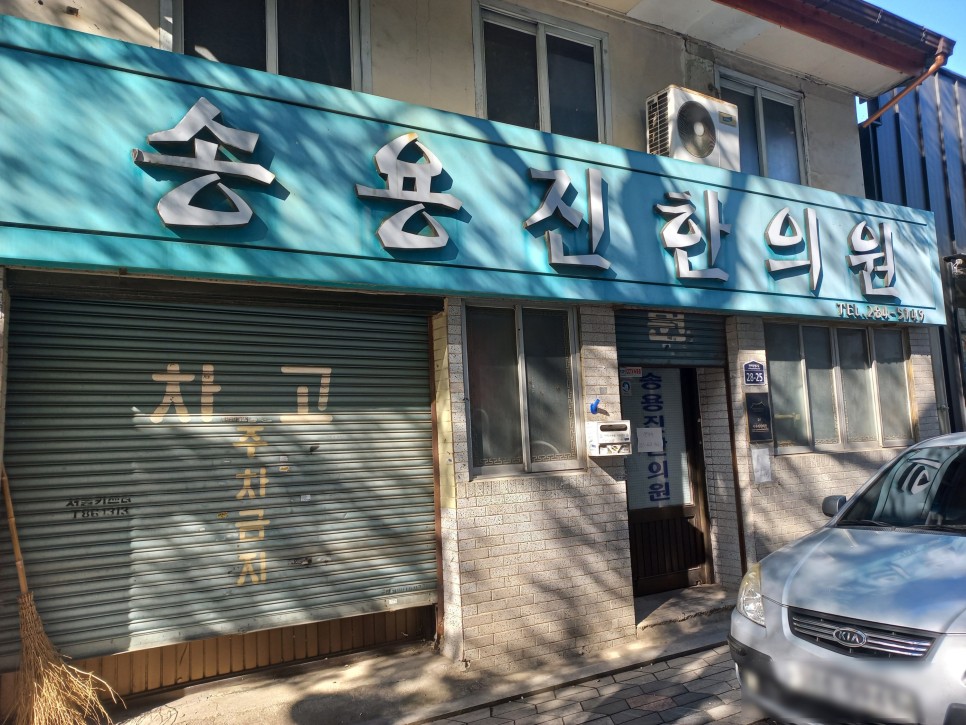
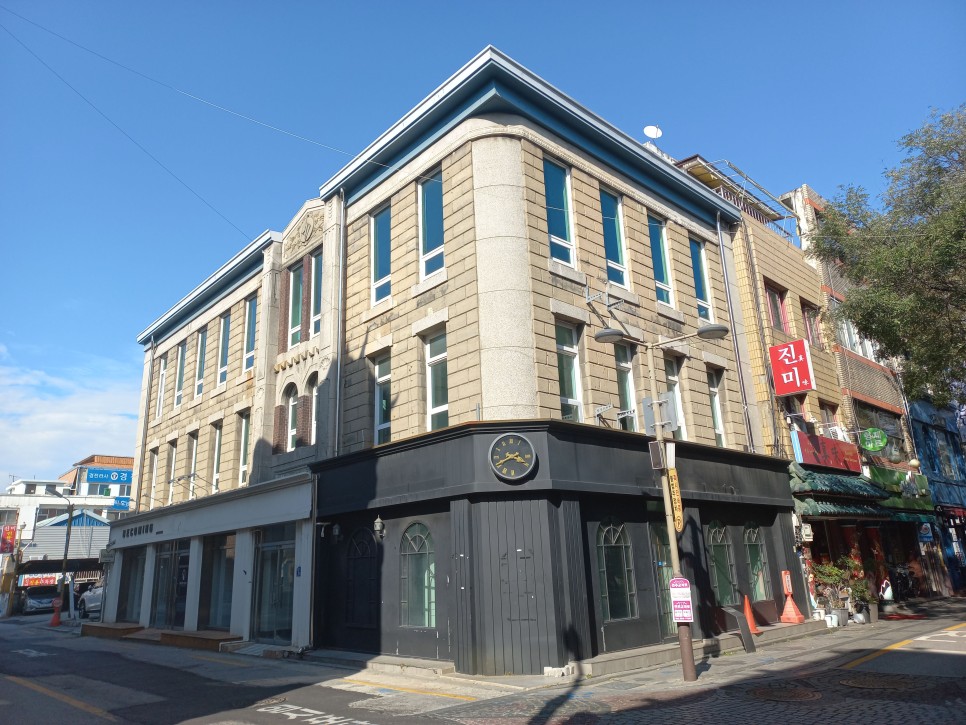
I walked towards the old Bak Da Ok building. Built during the Japanese Occupation era, the building is the site of the first Japanese restaurant in Jeonju. The building uses a pediment which is a usually a triangular shape gable.
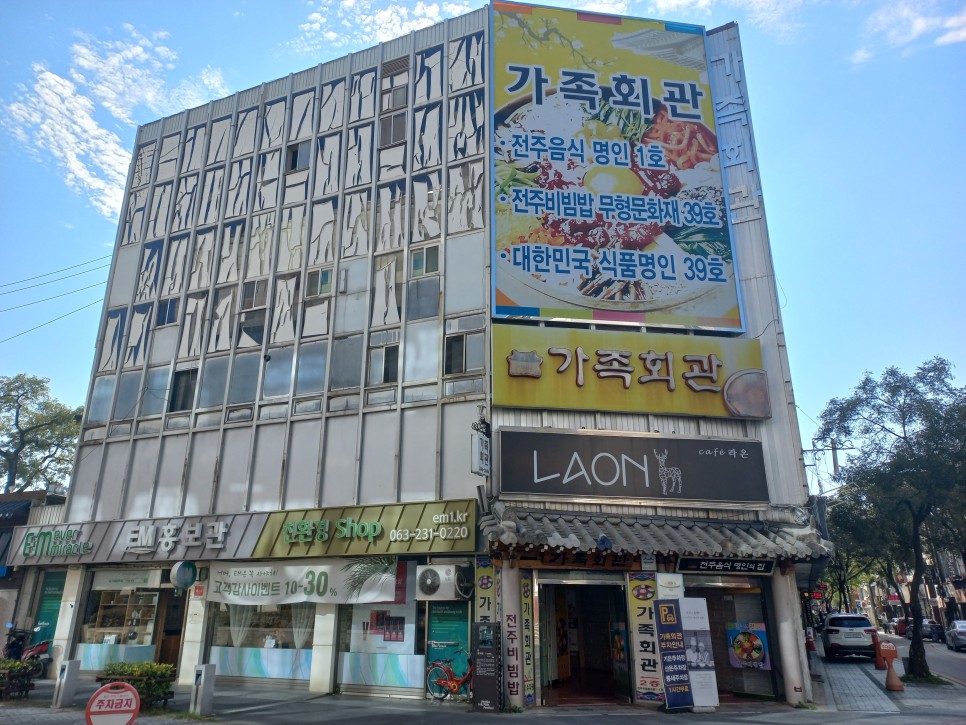
I arrived at a famous bibimbap restaurant called Gajok Hoegwan. In the past, this building used to be a cultural space with an exhibition hall and a theater with 300 seats.
Jeolla Gamyoung (Joseon Dynasty governor’s residence)
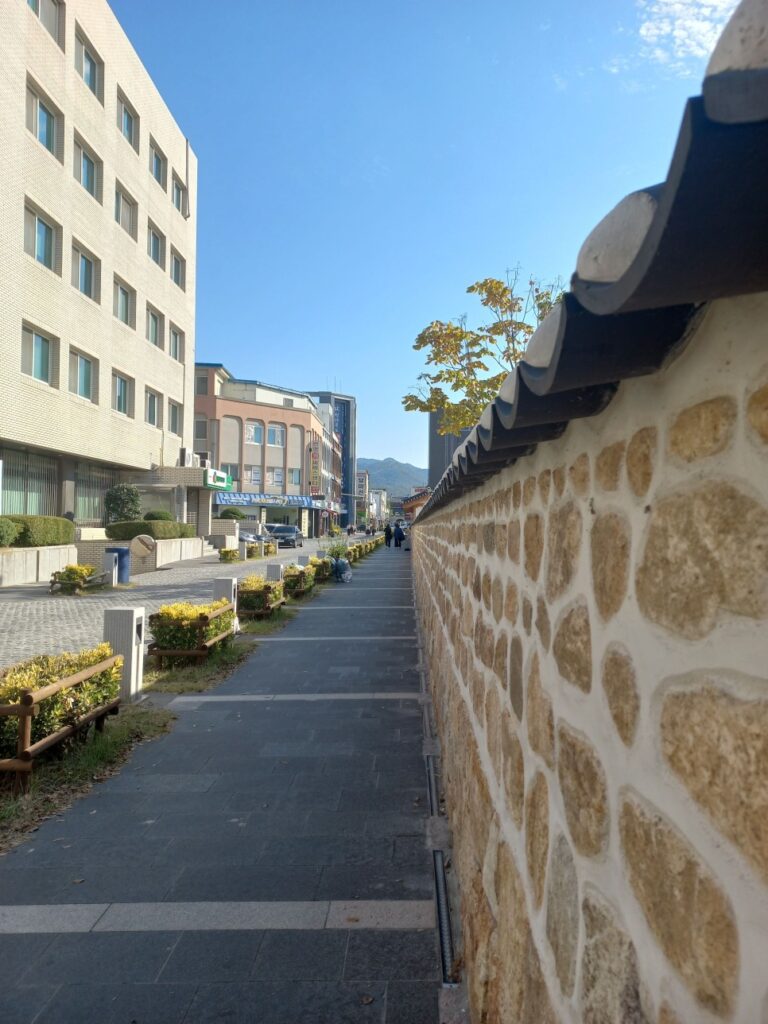
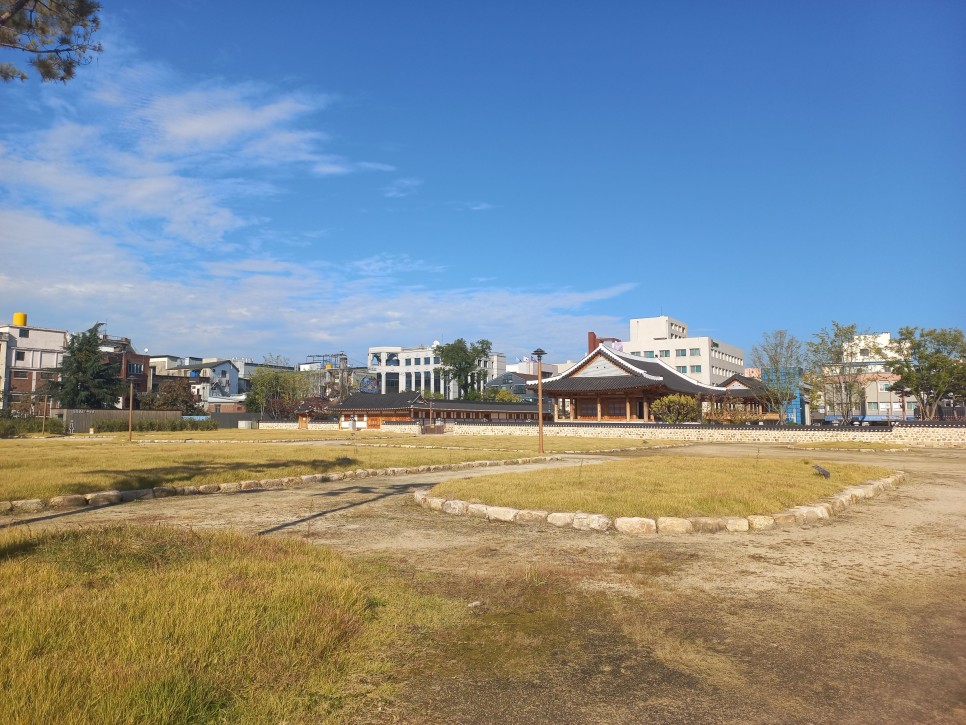
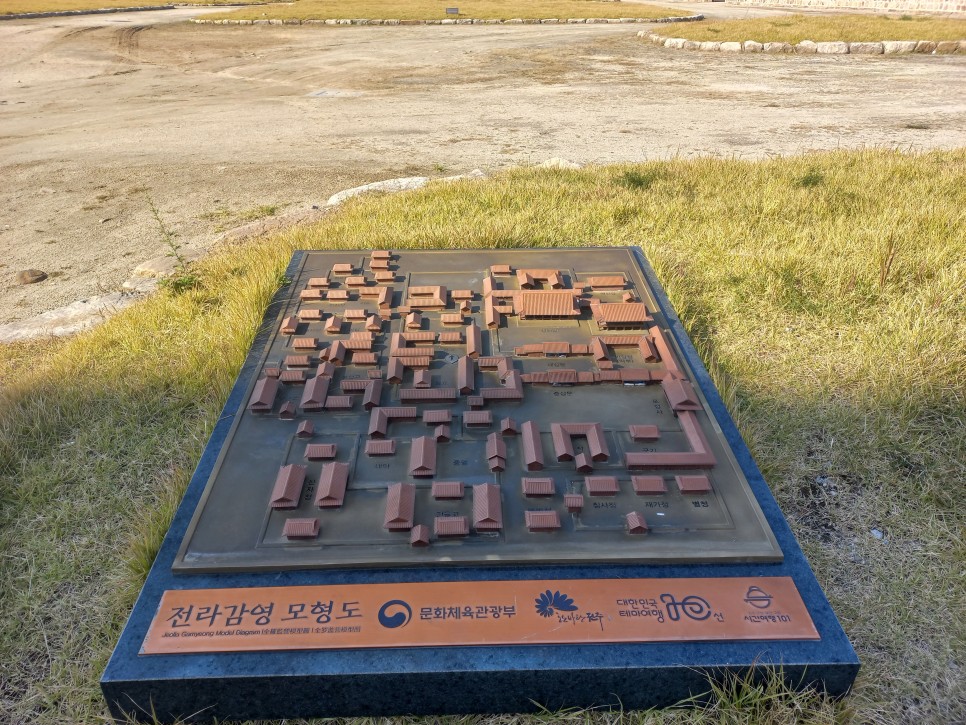
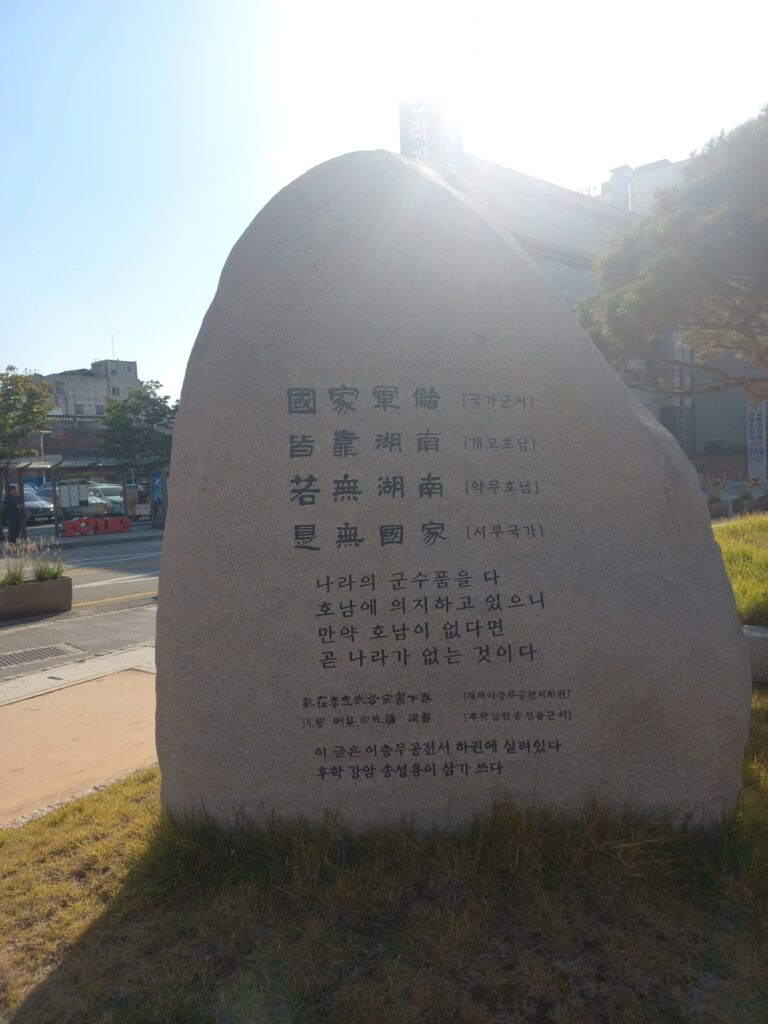
Jeolla Gamyoung used to be the administrative center of the region. It was completely destroyed during the Korean War. The site has been restored and reopen to public in October 2020. At the entrance of Jeolla Gamyoung is a stone signpost. On the stone, a quote by Admiral Yi Sun-sin, famed for his victories against Japanese forces during the Imjin War in the Joseon Dynasty. He says “since the whole county relies on the Honam [the Southwestern region] for war supplies, without the Honam, the country does not exist”.
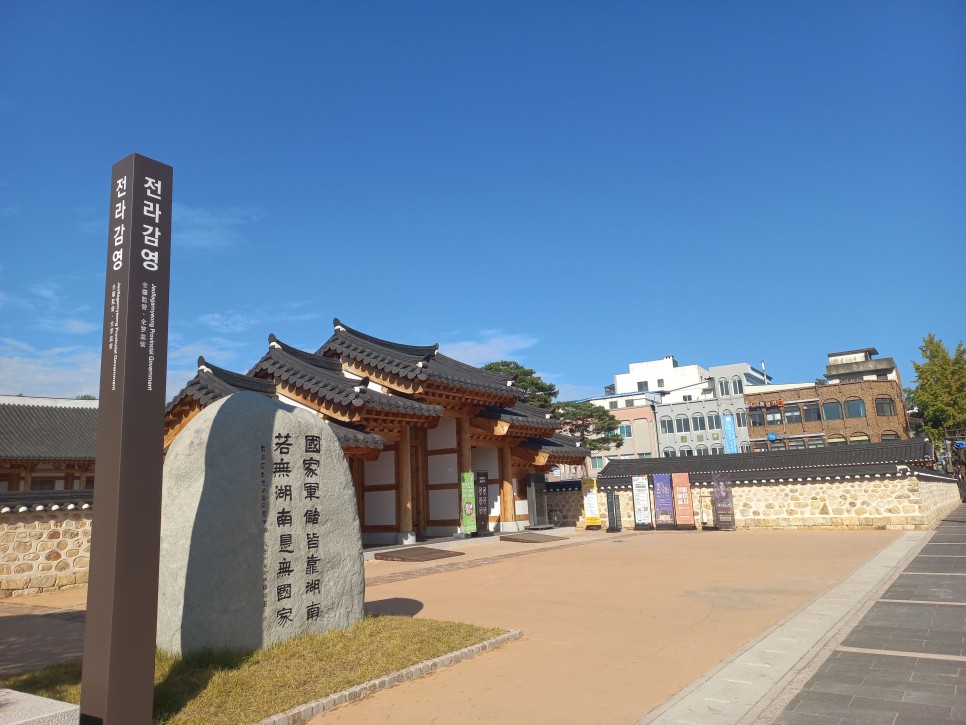
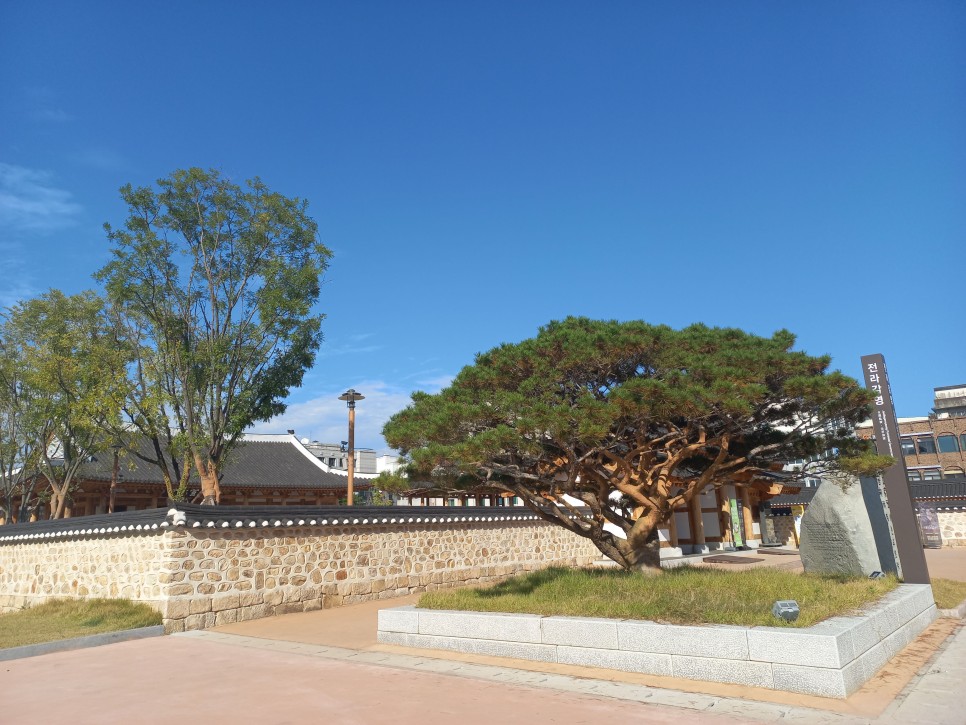
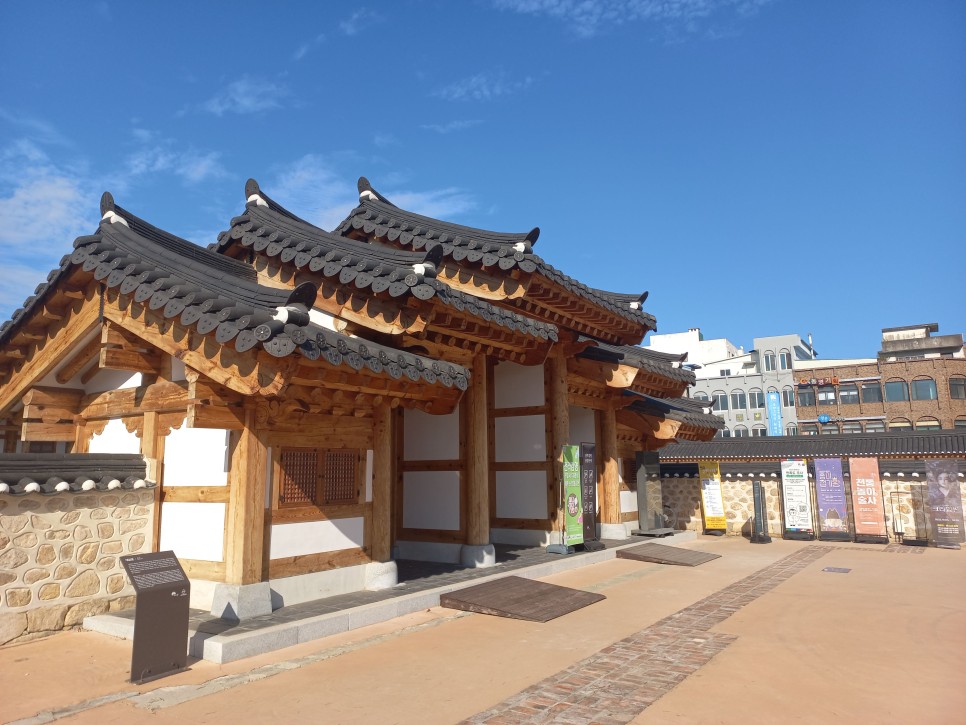
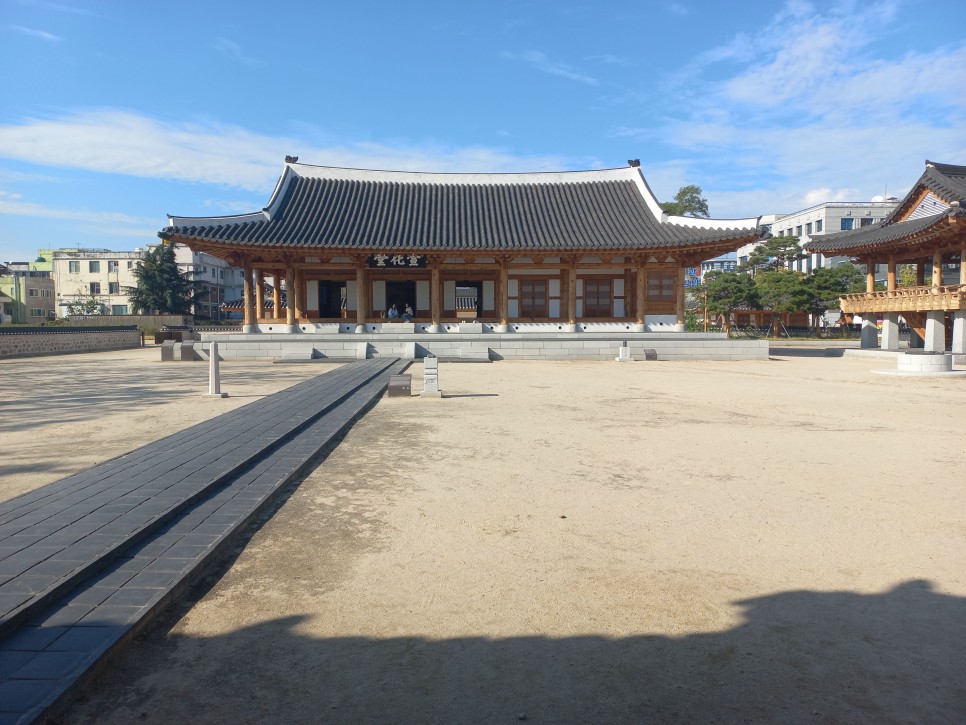
Seonhwadang is the central building of Jeolla Gamyoung. This building was the Joseon Dynasty governor’s office.
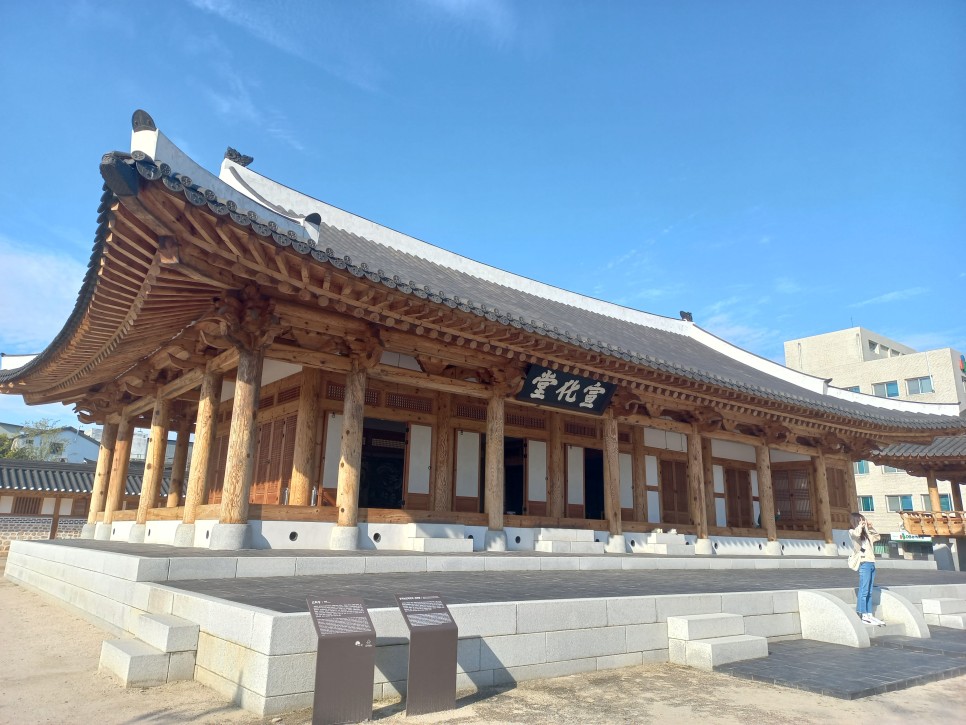
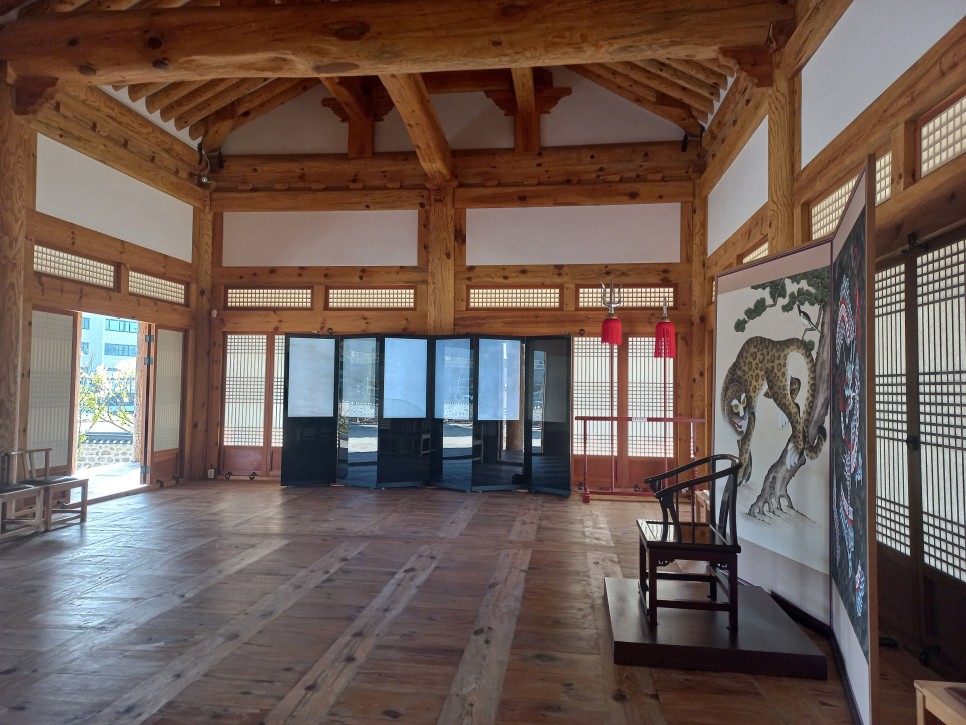
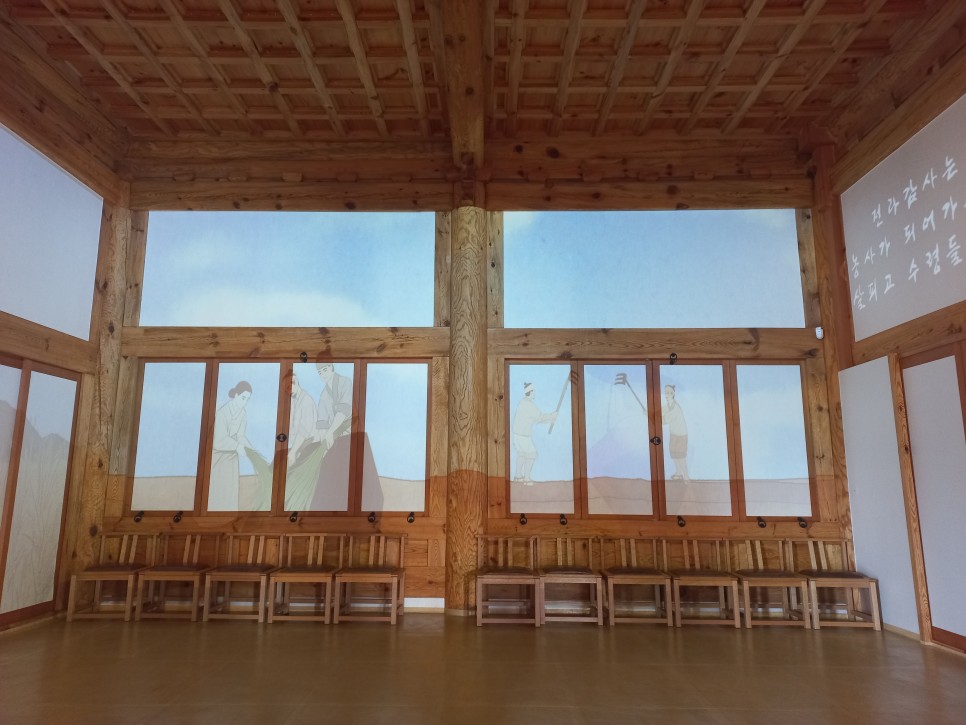
Seonhwadang is also significant for the Donghak Peasant Rebellion (1894-1895), an armed rebellion in Korea led by peasants. This is where the democracy first took place in the Korean Peninsula.
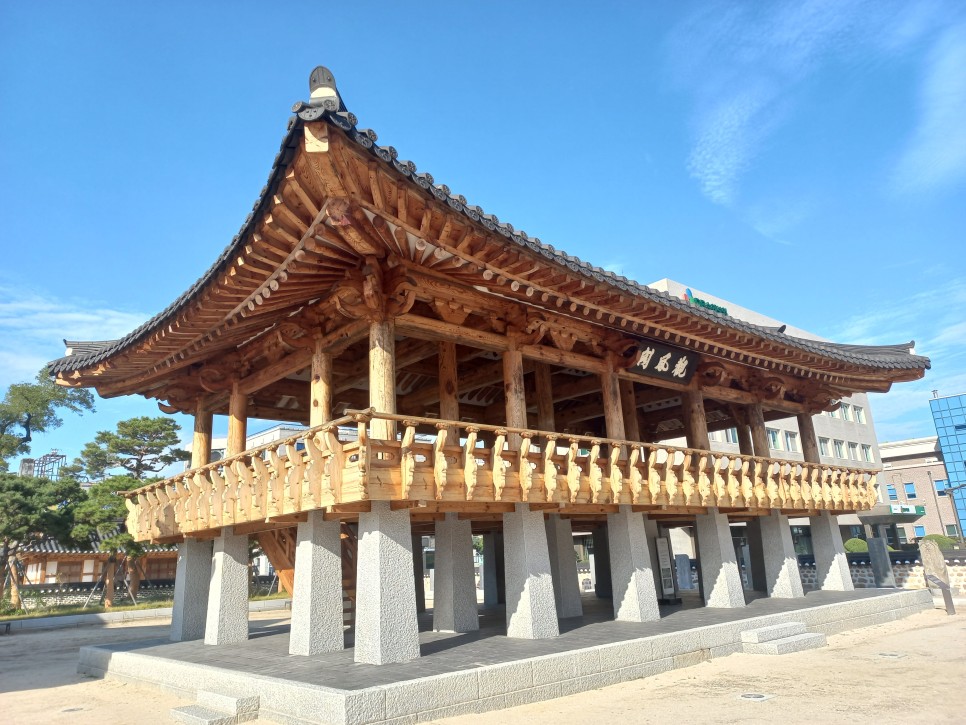
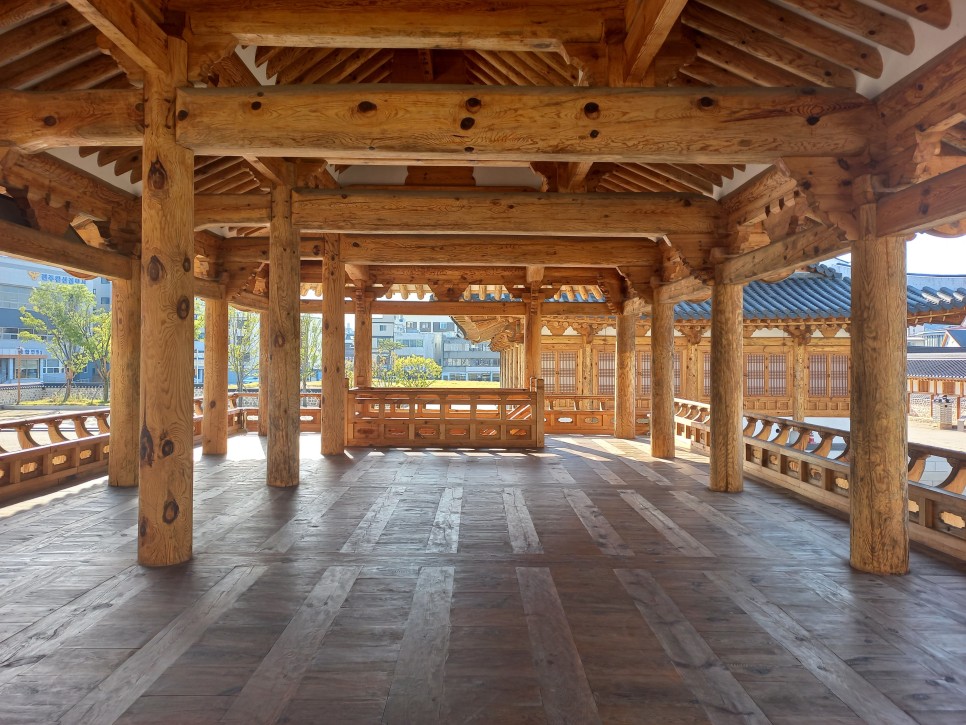


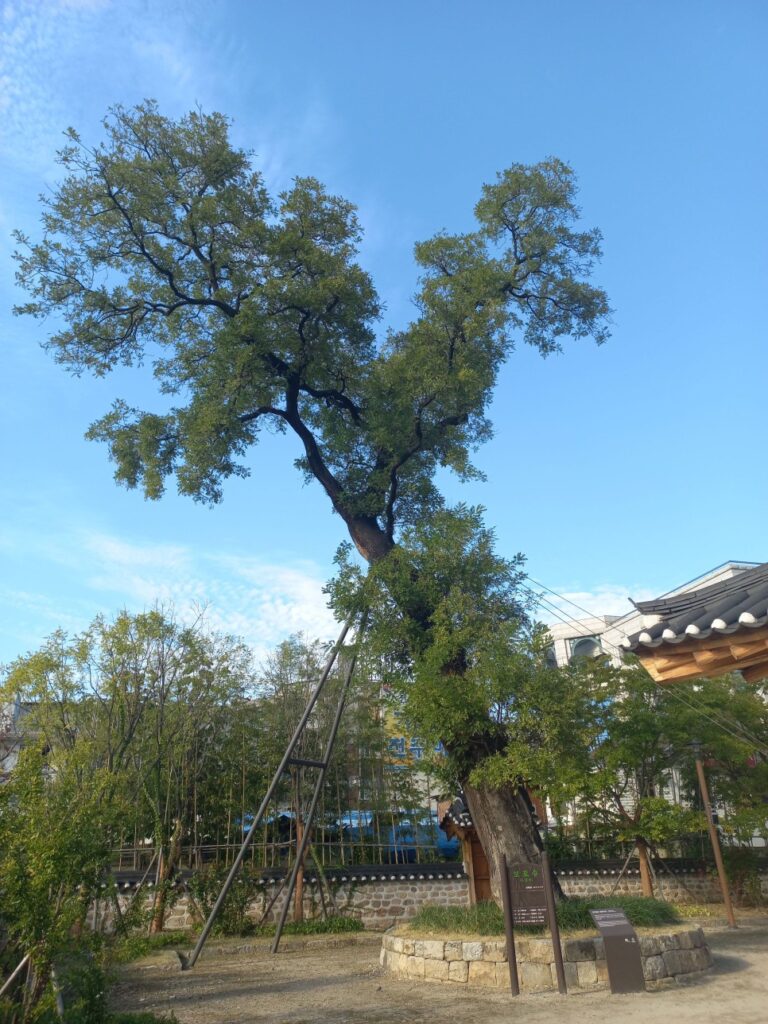
There are other buildings on the site. The 150-year-old pagoda tree is the only remaining thing from the original Jeolla Gamyoung.
The North Gate
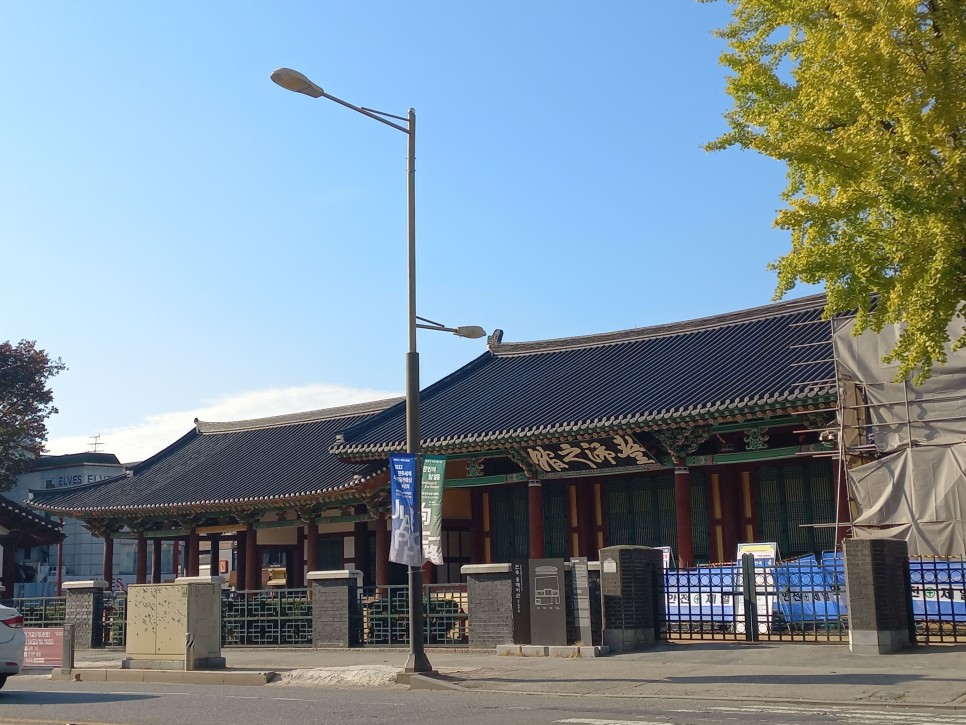

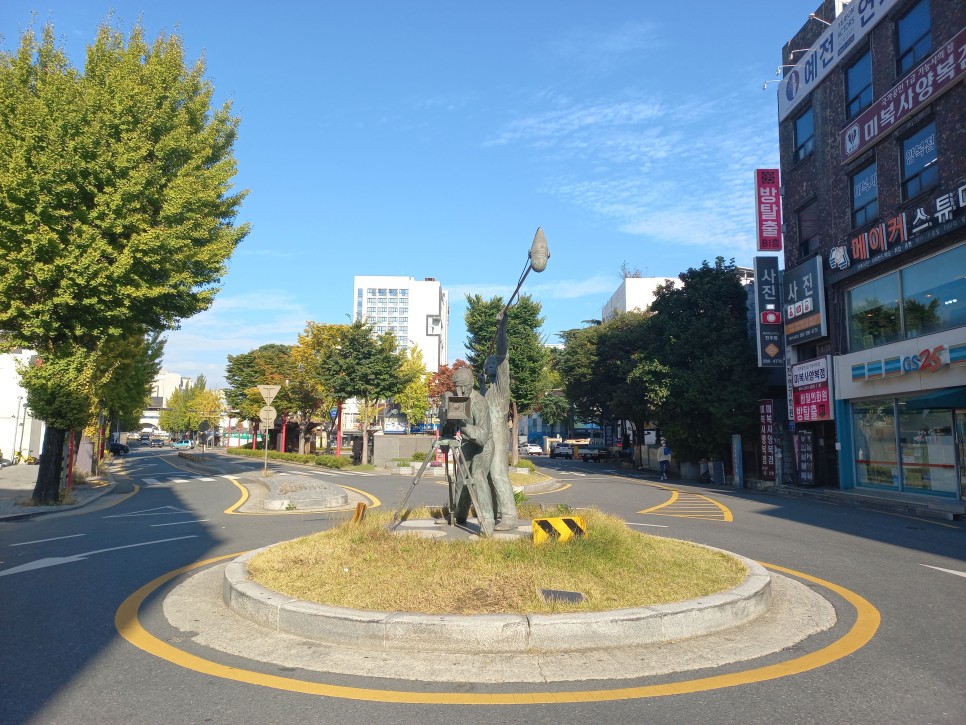
I head towards Jeonju Gaeksa (Joseon Dynasty officers’ accommodation). I walk past the stores and restaurants and arrive at the Ogeori (five-way crossing).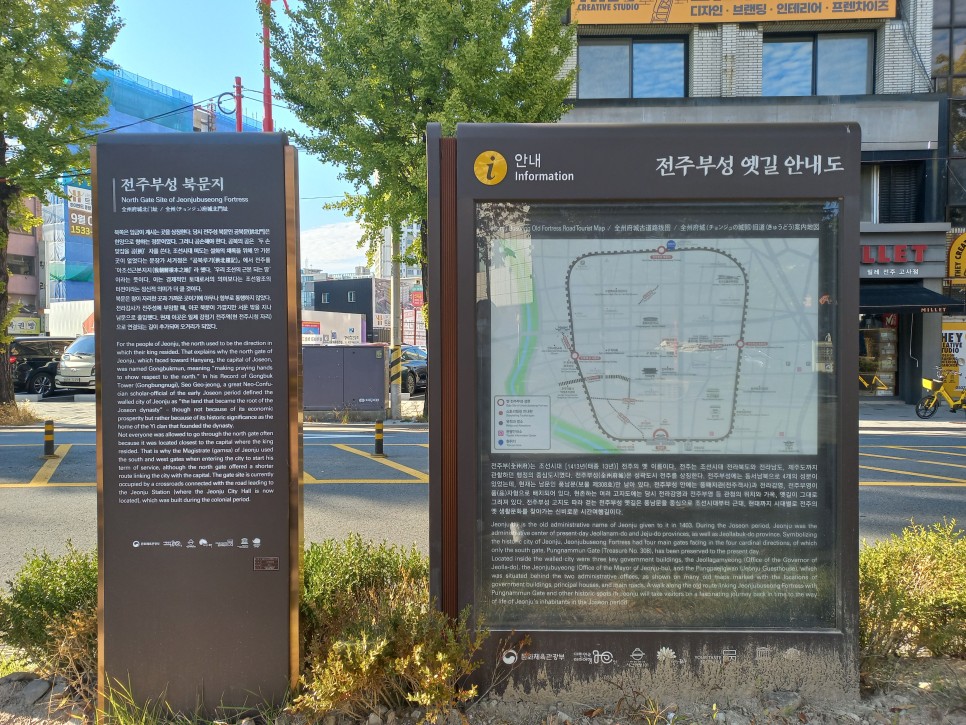
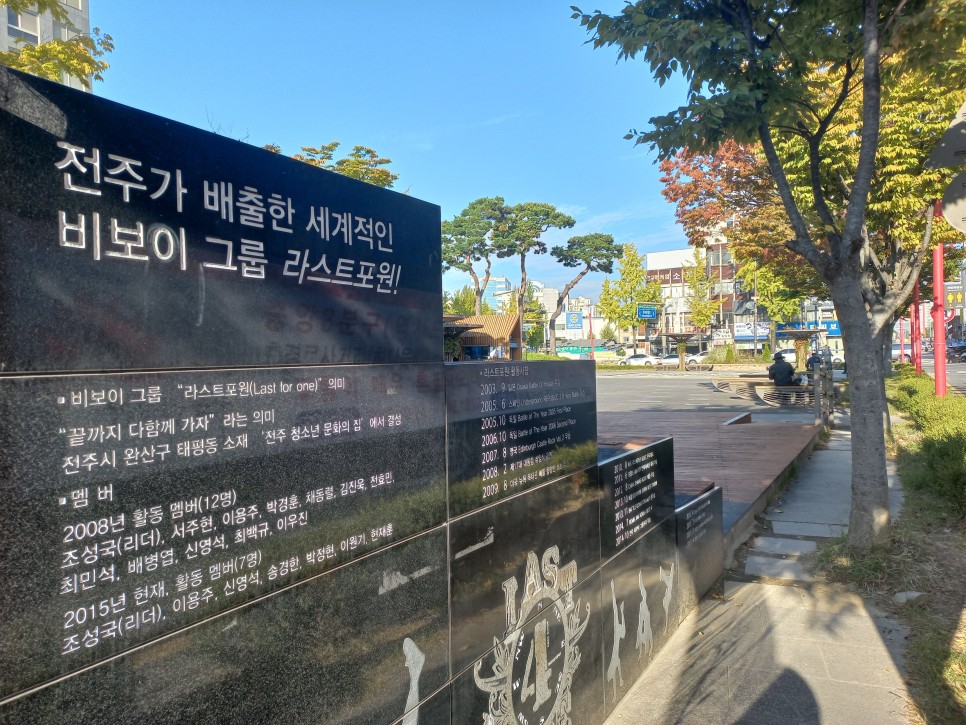
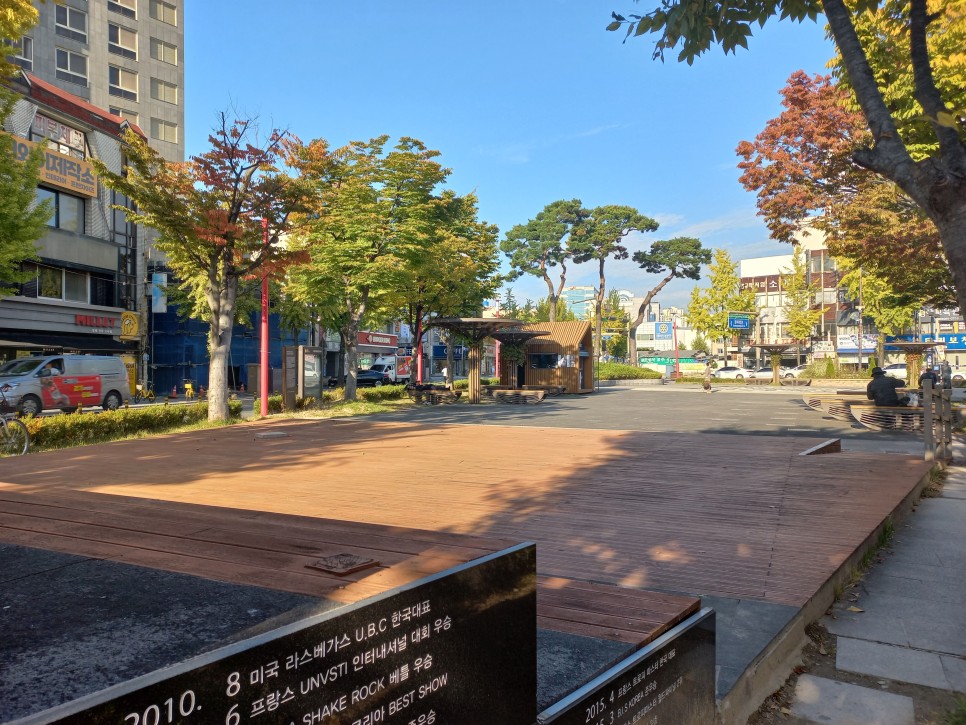
Here is the signpost indicating that the North Gate once stood. There is the stone post celebrating the breakdancing group “Last for One” who won many breakdancing competitions around the world.
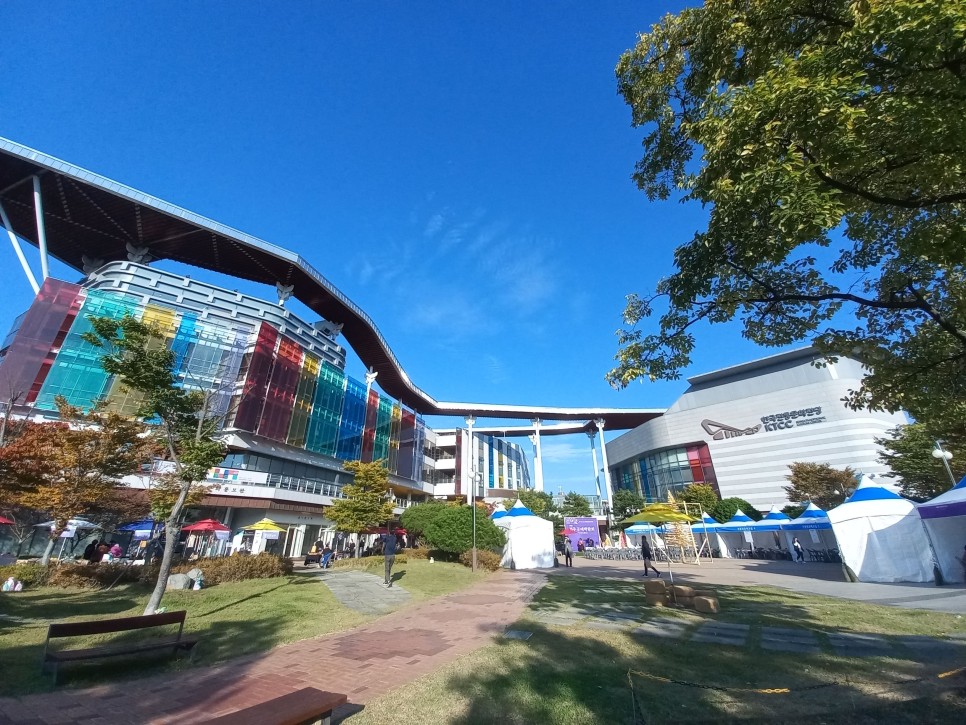

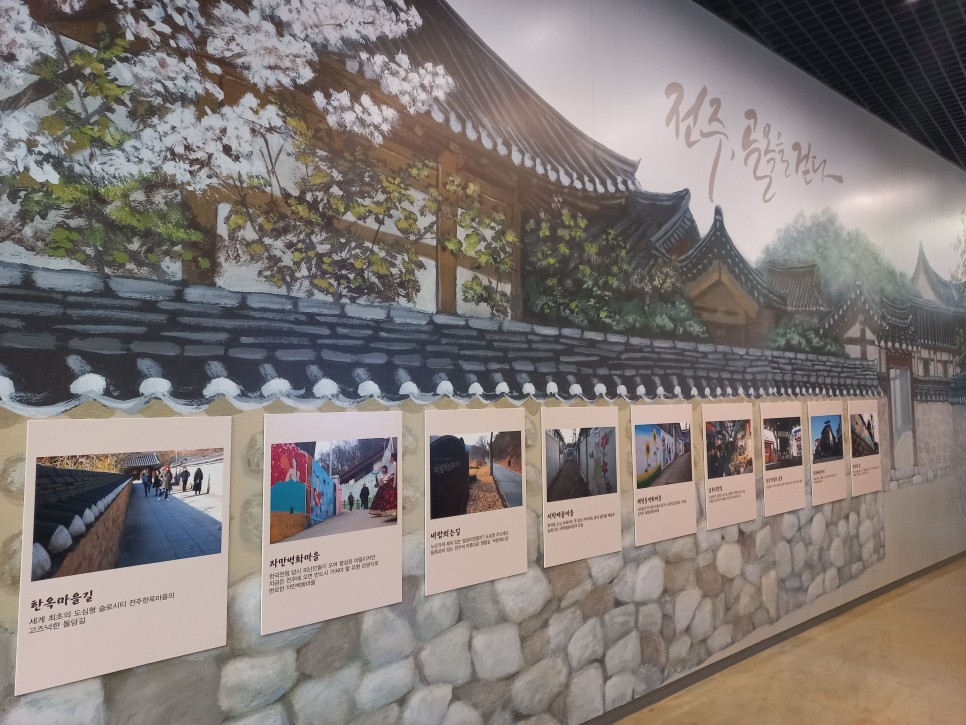
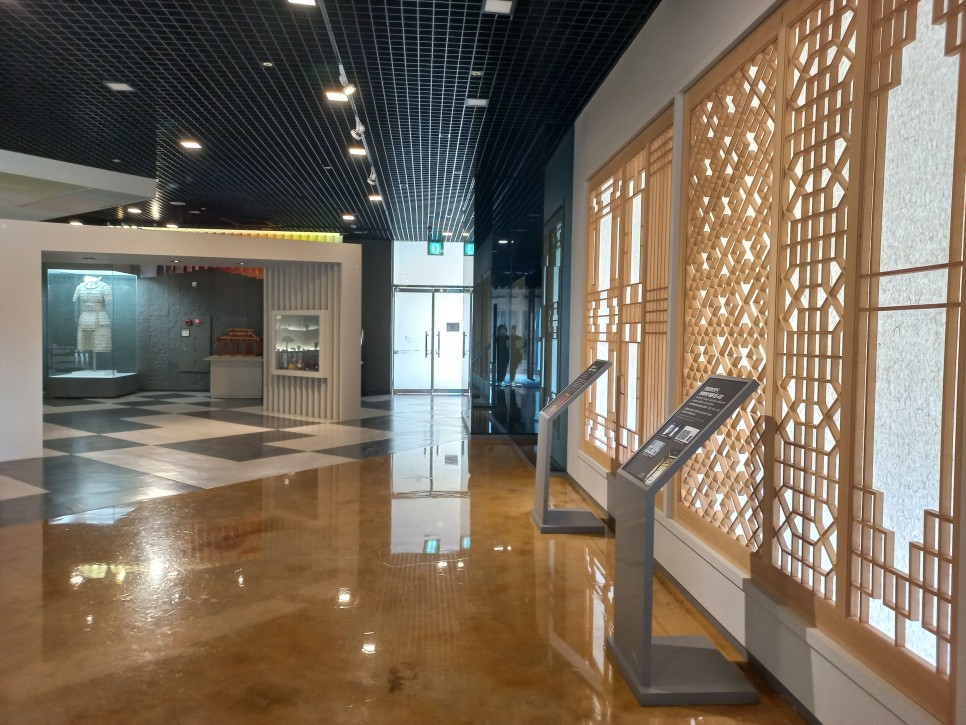
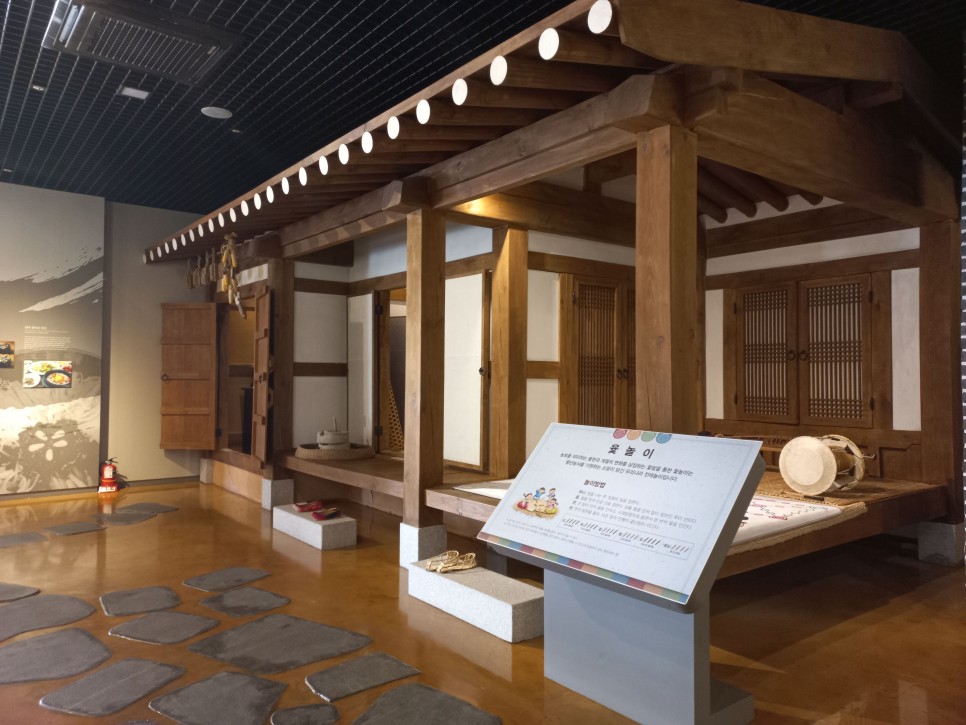
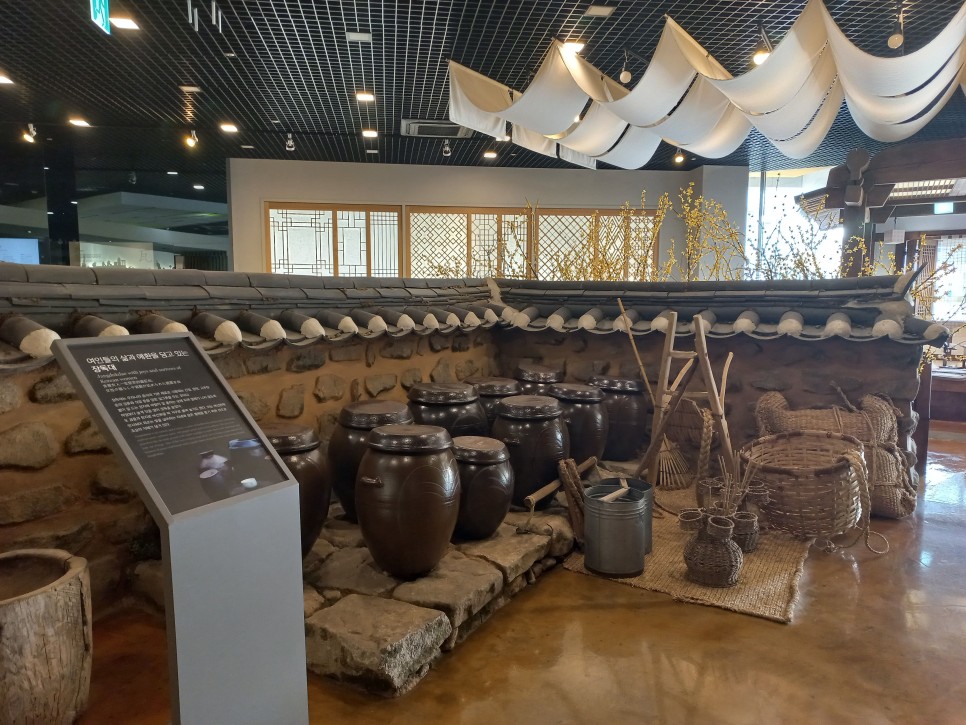
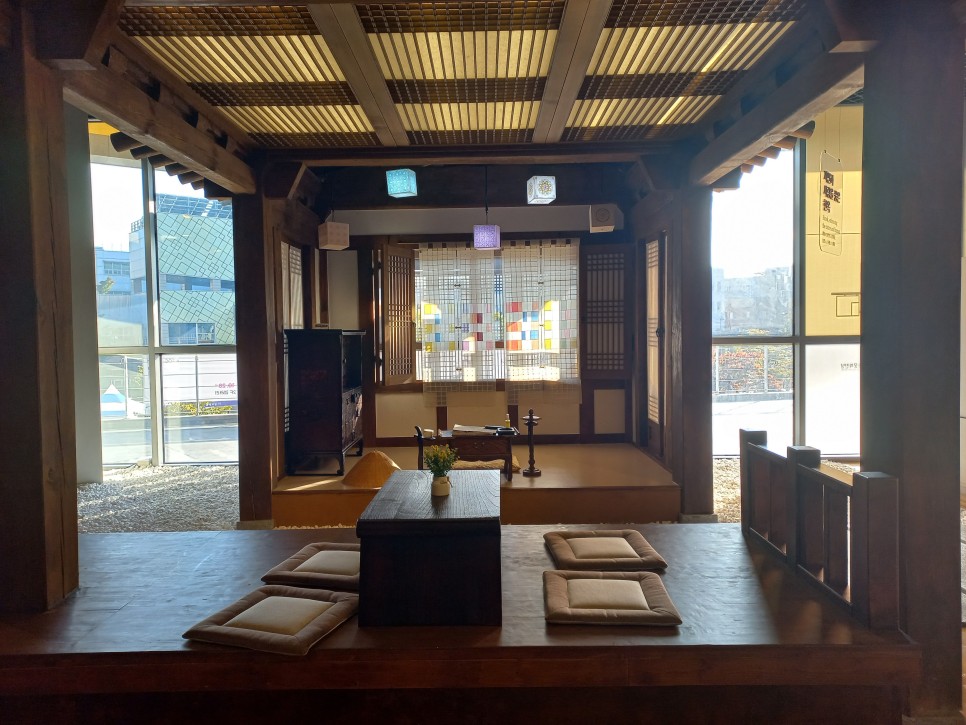
On the way to the East Gate is the Korea Traditional Culture Center. The center offers many cultural things to see and experience.
The East Gate

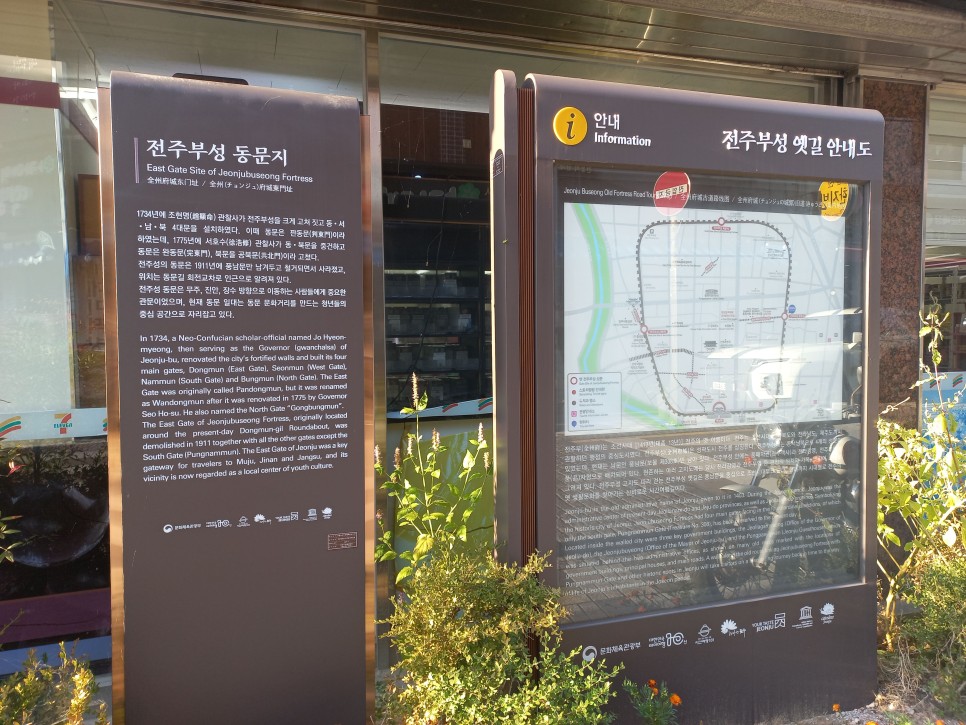
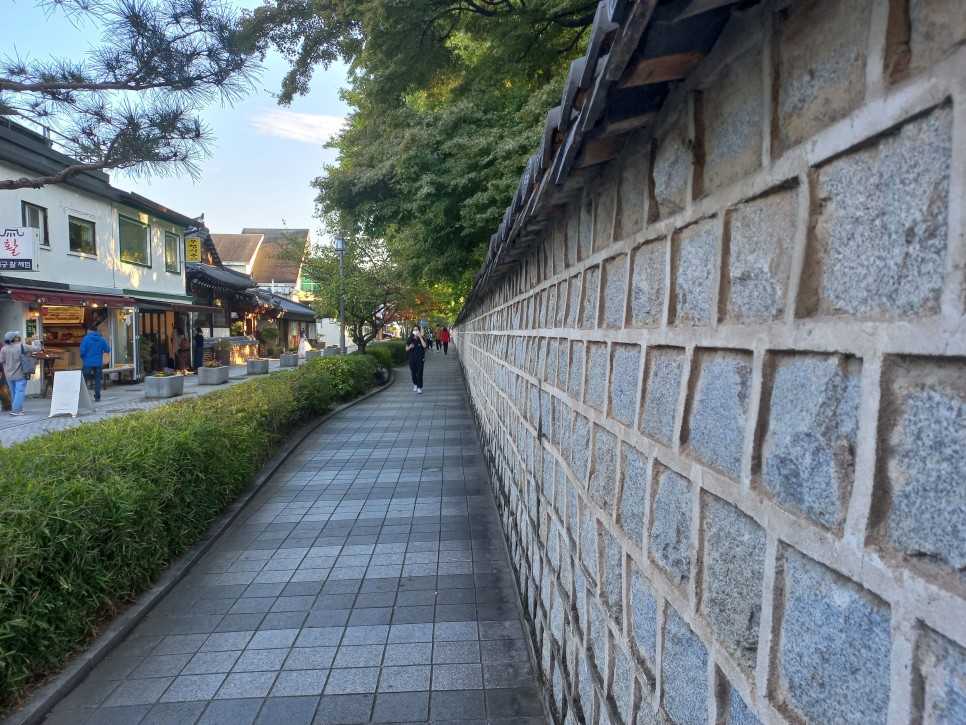
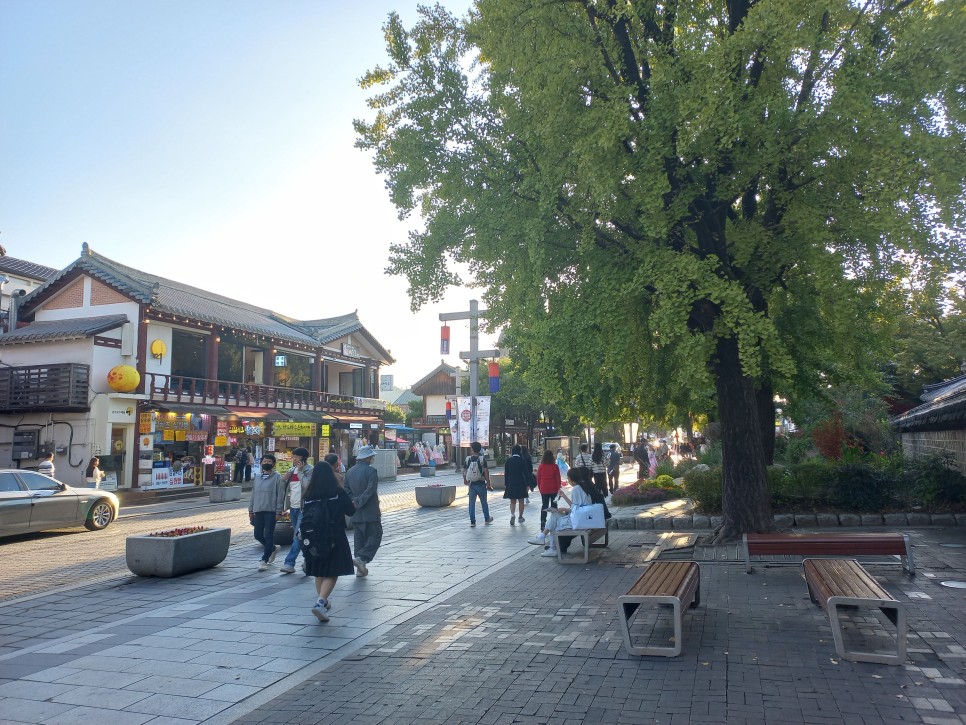
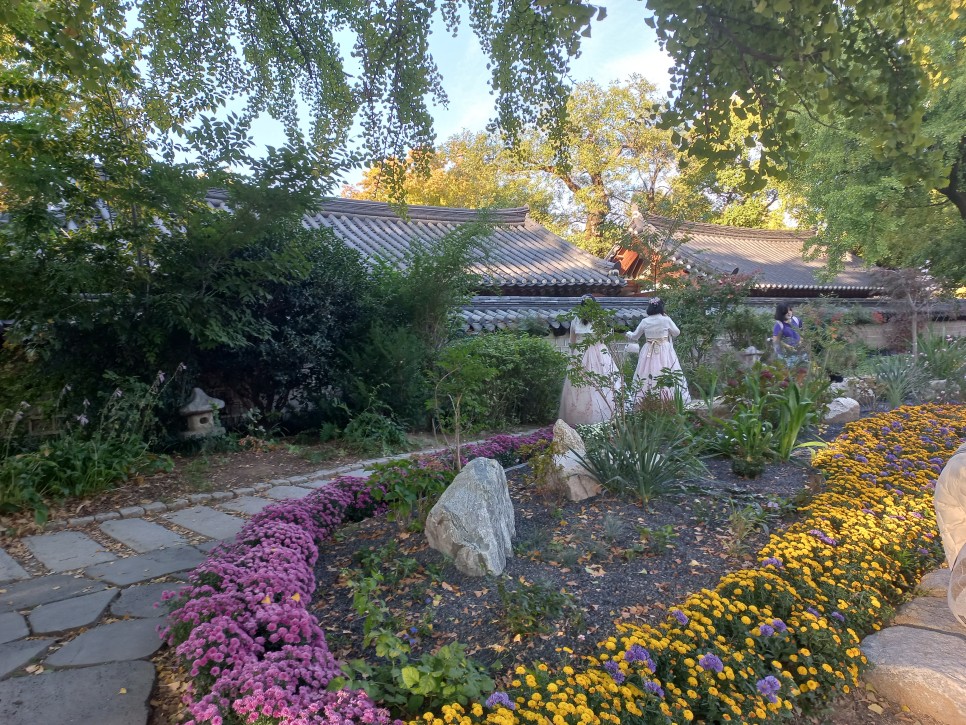
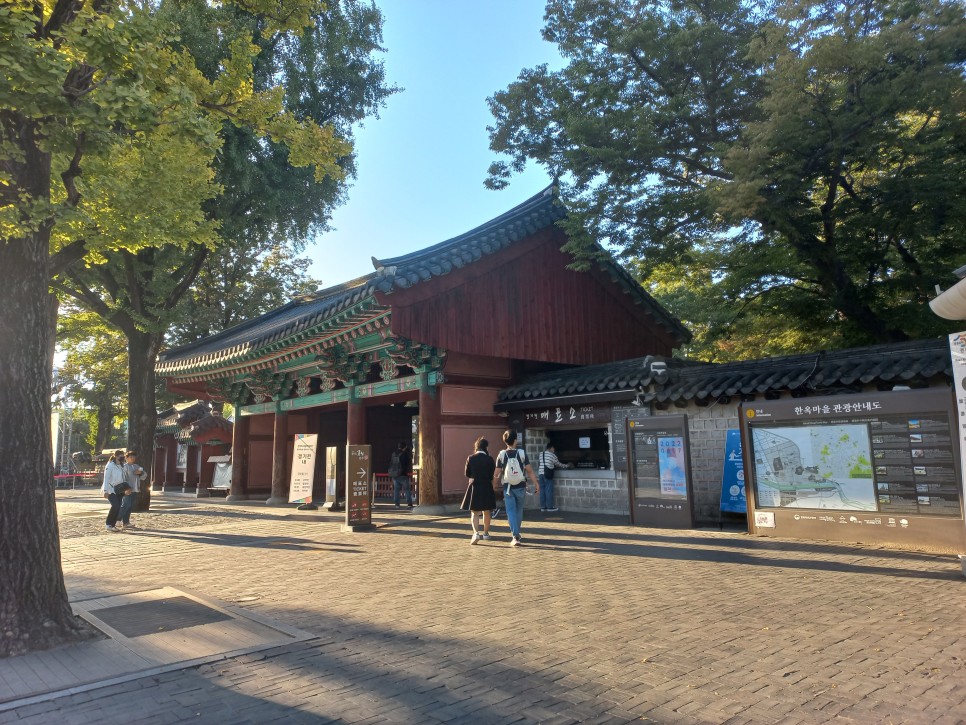
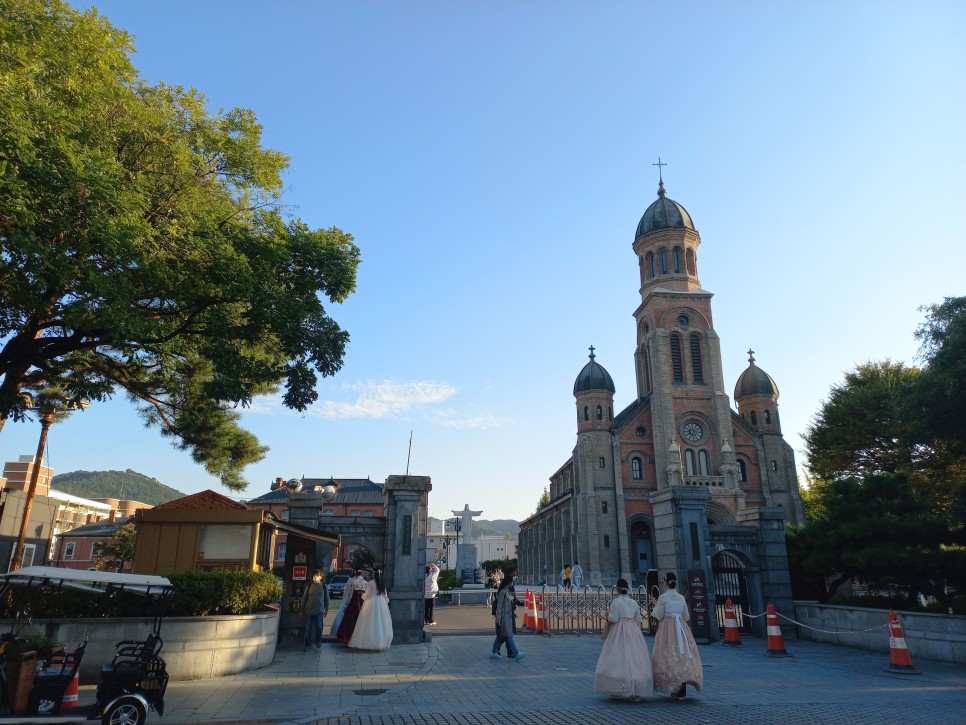
The East Gate area, also known as ‘Dongmun’, has many old bookshops and cafés.
Pungnammun Gate
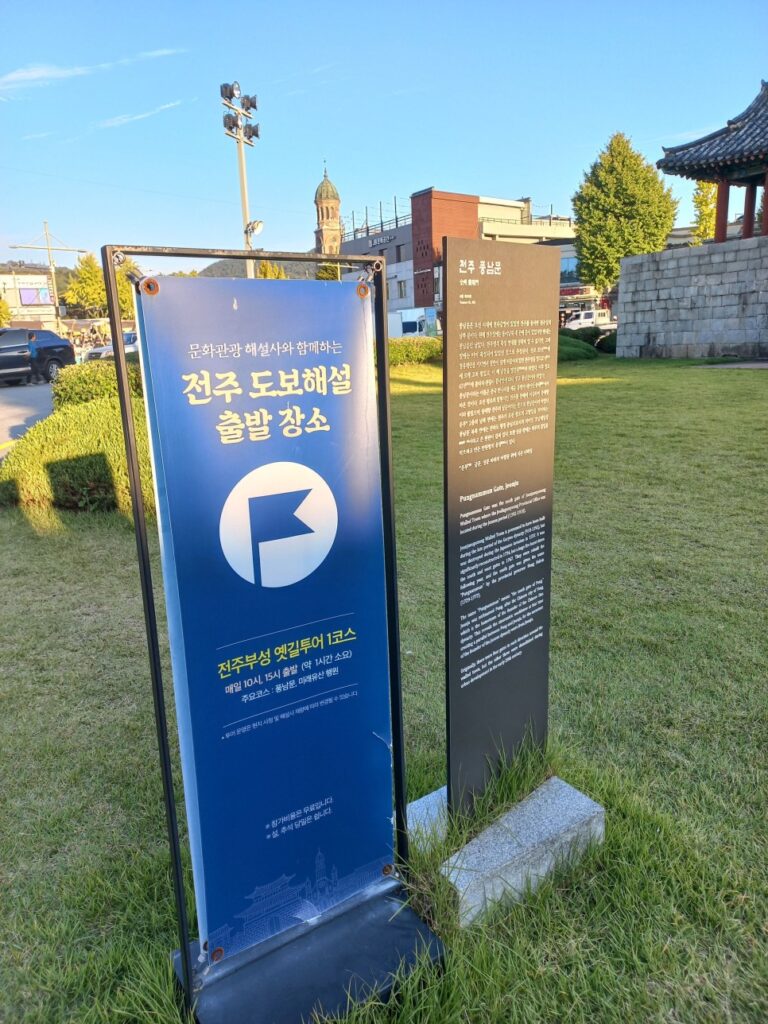

Pungnammun Gate is the South Gate. It’s the only remaining gate of the Joseon Dynasty Jeonju Fortress.
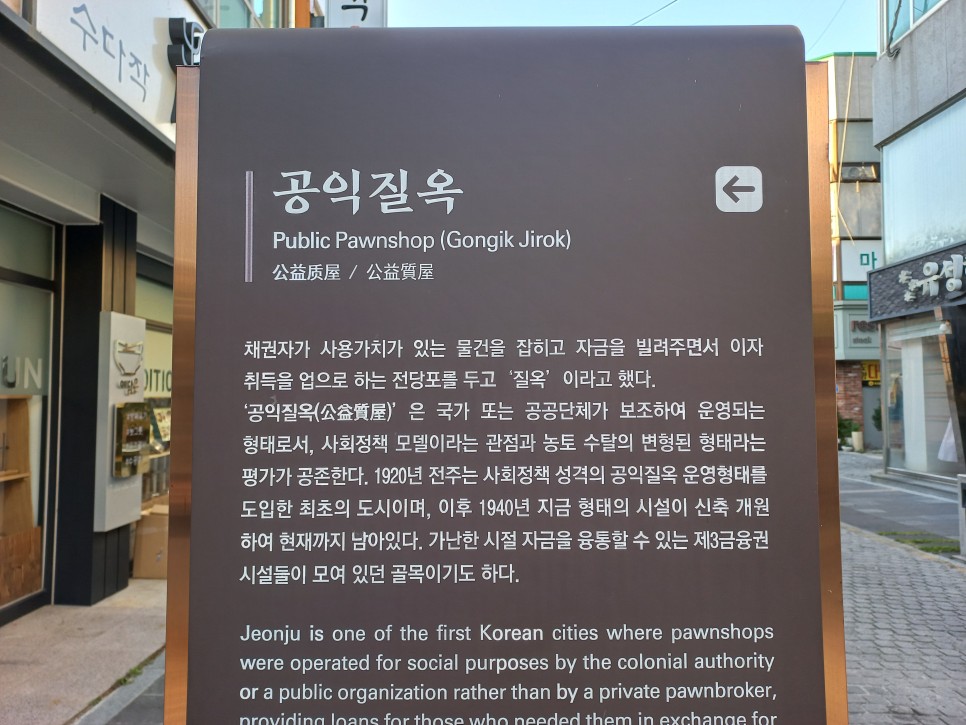

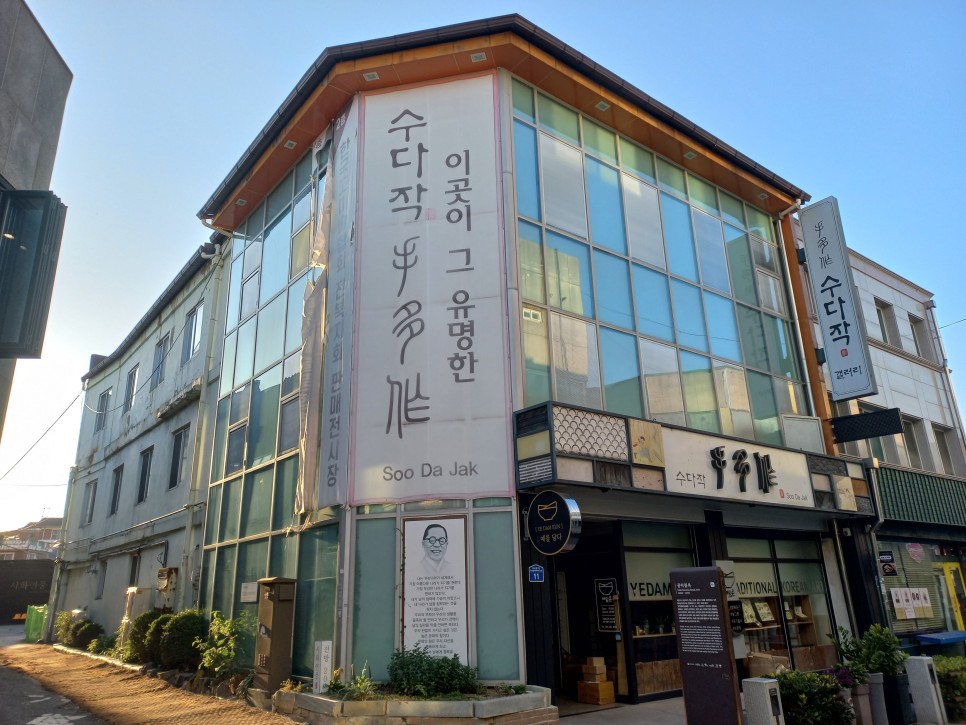
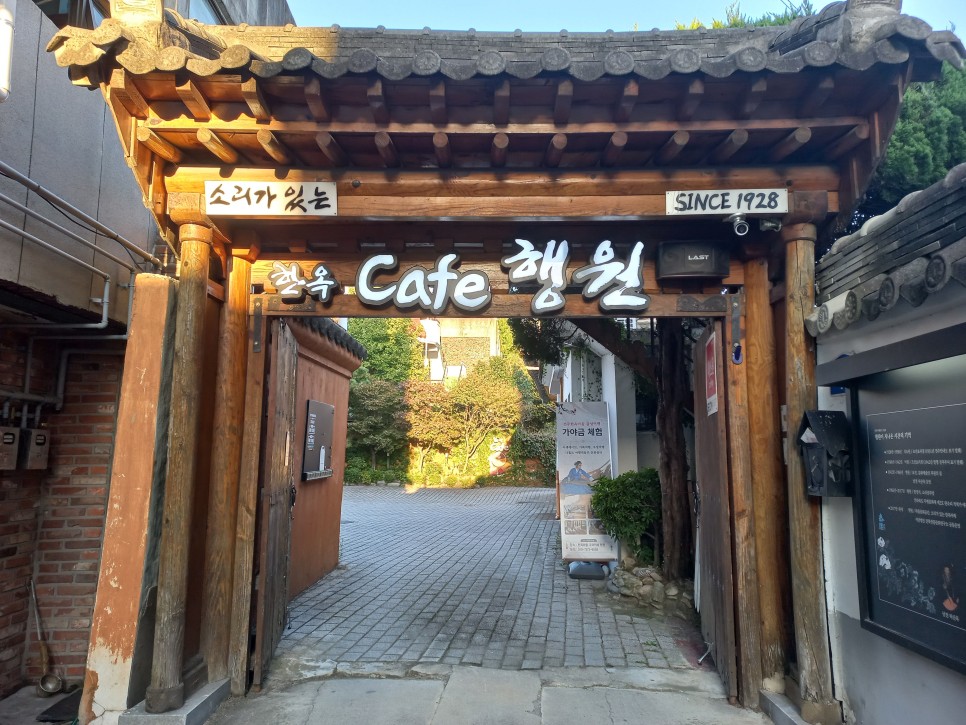
On the way to the public parking, I came across many modern cultural heritages. The old buildings have become cultural spaces or teahouses.
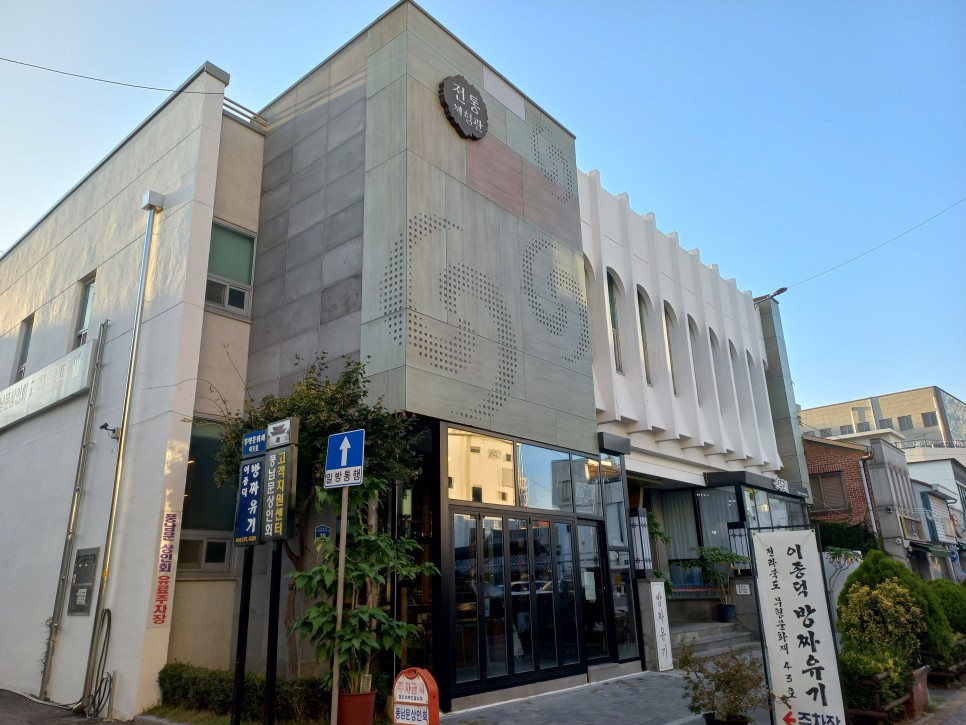


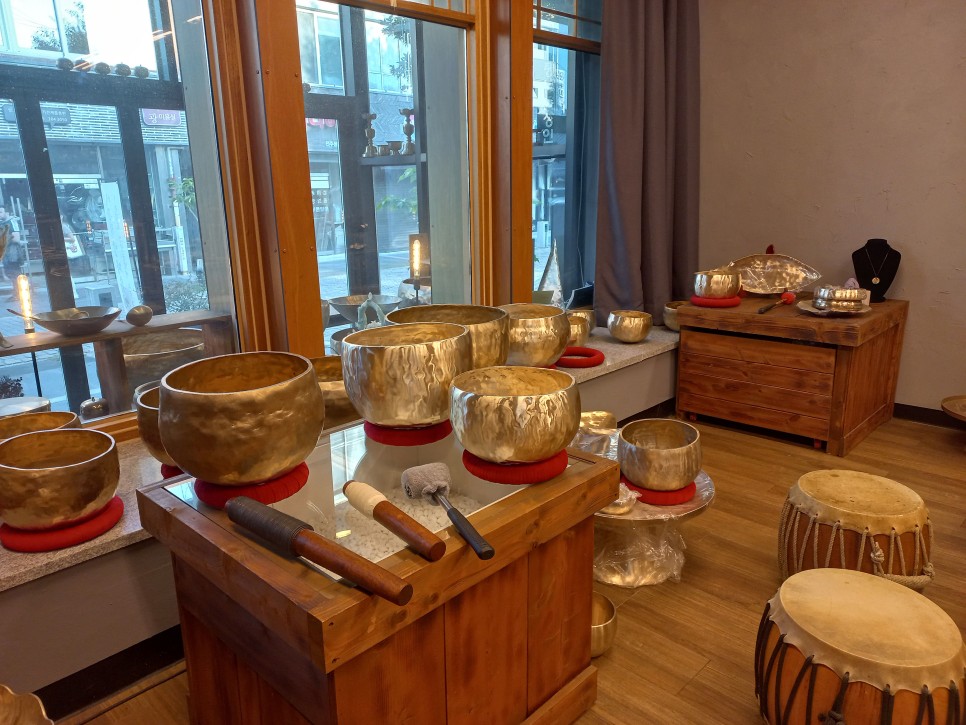
I ended today’s walk with a brassware collection by a local master artisan. The bustling Jeonju Hanok Village is always fun. Yet, finding out how the Joseon Dynasty and the modern era coexist is also an interesting way to walk around in the old town of Jeonju.


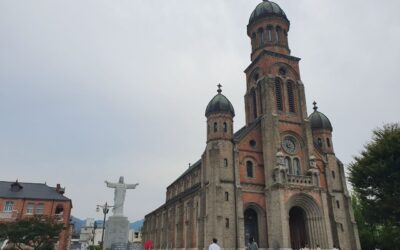

6 Comments